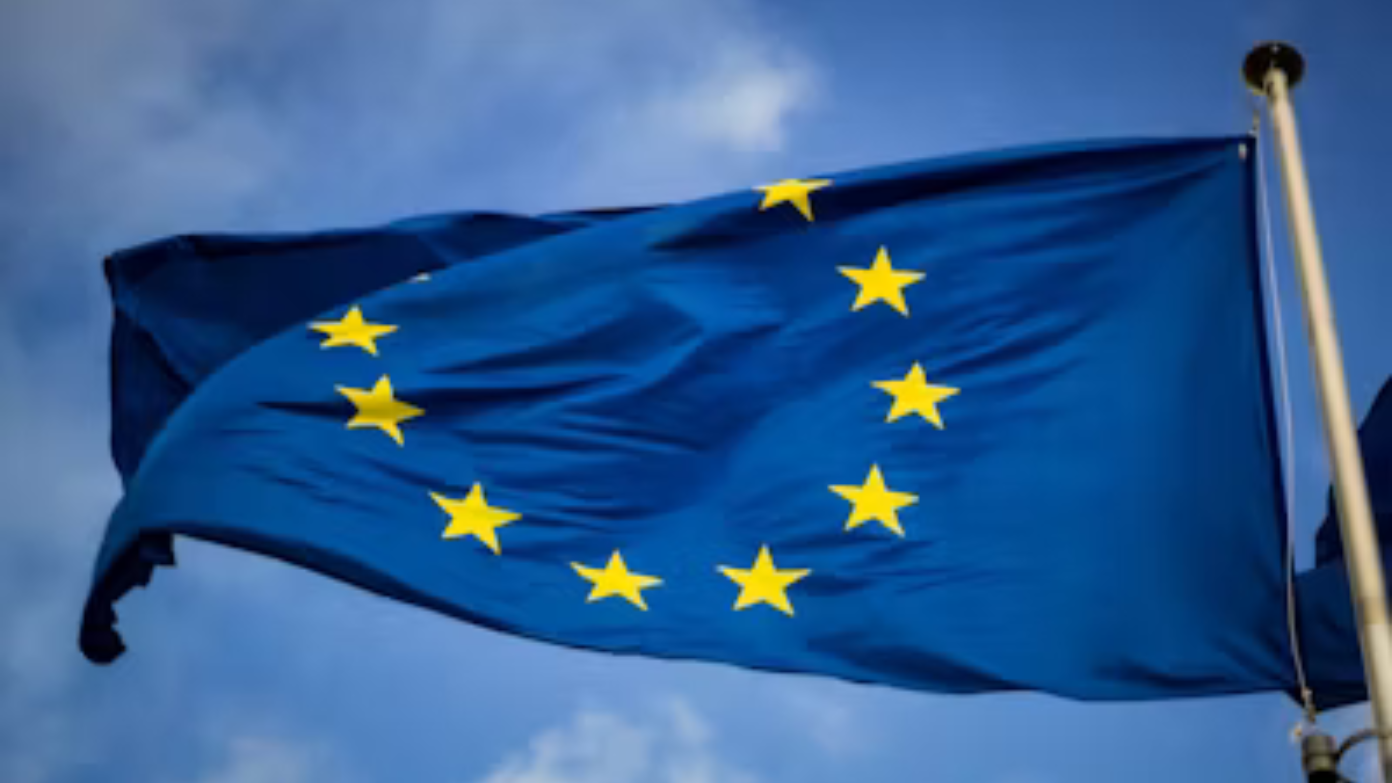In a dramatic escalation of his trade strategy, American President Donald Trump initiated a two-pronged economic assault on the European Union and tech giant Apple. Handed down through his platform, Truth Social, on May 23, 2025, Trump suggested a sweeping 50% tariff on all European Union imports beginning June 1, while threatening Apple with a separate action and a 25% duty if it continues making iPhones overseas. The actions are the latest installment in Trump’s belligerent trade policy, igniting renewed global economic dislocation and supply chain uncertainty issues.
Escalating trade tensions with the European Union
The threatened 50% EU tariff is Trump’s most aggressive action against the bloc to date, which he blamed for having been “formed for the necessary purpose of taking advantage of” U.S. trade interests. This comes after previous actions in February 2025 when Trump hiked aluminum tariffs to 25% and ended country-specific exclusions, impacting €3 billion a year in EU steel exports. European Commission President Ursula von der Leyen denounced the policies as “taxes bad for business and worse for consumers,” vowing “firm and proportionate countermeasures.”
The EU has drawn up tit-for-tat tariffs on €95 billion ($107.2 billion) of U.S. goods, ranging from aircraft to chemicals and machinery, carefully avoiding sensitive areas like semiconductors to avoid escalating further. That finessed balance is mirrored in the bloc’s own delicate balancing act: U.S. tariffs already hit 70% of EU-U.S. merchandise trade, which could go as high as 97% if pending investigations of drugs and strategic minerals catch fire. Previous precedent hangs in the balance—the EU’s 2018 tariffs on bourbon and Harley-Davidson motorcycles, held back under the Biden administration, are an available revenge template.
Apple caught in the crossfire
Alongside EU actions, Trump’s threat to Apple highlights his fixation on remaking global production patterns. As Apple has attempted to diversify away from China—placing increasing amounts of production in India, Vietnam, and Malaysia—planned 26-46% bilateral tariffs on trade from these nations will make supply chain investment meaningless. Planned 34% bilateral tariff on top of current duties of 54%, specifically imperils iPhone manufacturing, 80% of which still utilizes China.
Market responses were swift: Apple stock declined 4.2% in late trading after the April 2025 tariff proposals, mirroring investor concern at possible $15-20 billion revenue boosts a year. This is as Apple prepares to produce U.S.-sourced microchips en masse in Arizona under the CHIPS Act, a strategically wise maneuver now being threatened by wider trade tensions. Trump’s bluff—make it at home or pay the penalty—is an explicit challenge to the economics of internationally scattered tech production.
Economic consequences and market responses
Markets responded with extreme volatility to the double tariff threat. The S&P 500 futures fell 1.8% straight after Trump’s statement on May 23, and the Euro Stoxx 50 index fell 2.1% as a result of concerns over decreased transatlantic trade. Currency markets witnessed the euro fall 0.9% versus the dollar, its biggest single-day fall since March 2025.
Economists warn of the risk of stagflation, and the Peterson Institute estimates EU tariffs would add 2.3% per year to U.S. consumers’ bills if they were imposed across the board. For Apple, J.P. Morgan calculates that relocating just 10% of iPhone production to domestic facilities would add $45 per phone, potentially reducing profit margins by 18%. The EU retaliatory tariffs threaten $12 billion worth of U.S. farm exports, especially politically vulnerable sectors in the run-up to the 2026 midterms.
The way forward: Negotiation or retaliation?
Von der Leyen has pushed the EU’s preference for negotiation, calling an open consultation until June 10 to conclude counter-tariff work. But Trump’s Trade Adviser Peter Navarro has doubled down on the tit-for-tat tariff strategy, accusing EU VAT policy of being “punishing non-tariff barriers”. With the WTO effectively off the table—its dispute settlement body frozen since 2019—the stage is set for unilateral action.
Read more: Did Kamala Harris work at Mcdonald’s? Here’s what is known about the 2024 presidential candidate’s work at a fast food restaurant in the 1980s
Read more: Who was the first president of the United States, how many presidents has the United States had, and what is the list of all…

